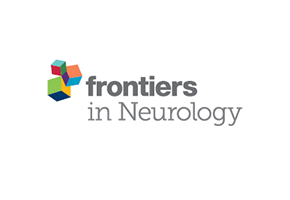“Dravet syndrome (DS) is a debilitating developmental disorder typified by severe seizures and delayed onset of psychomotor deficits.
In addition to increasing the risk for sudden unexpected death in epilepsy (SUDEP), the medically refractory status epilepticus in DS can be life-threatening, which makes it crucial to identify drugs to reduce seizures.
The quest for a viable drug to limit seizures in DS has intersected with the recent excitement over the potential use of cannabinoids as antiepileptic agents, leading to extensive anecdotal reports of the potential for cannabinoids to limit seizures in DS
Cannabinoids are active derivatives of the marijuana plant, Cannabis sativa.
The study reveals a strong preclinical basis for the use of CBD in DS. They find that CBD pre-treatment reduces both duration and severity of thermally-induced behavioral seizures.
In conclusion, Kaplan and colleagues provide the first preclinical demonstration that CBD may help alleviate seizures in a mouse model of DS validating the translational potential of CBD in patients with DS.
The demonstration that CBD improves deficits in social interactions in DS launches an exciting therapeutic possibility of alleviating behavioral impairments that persist beyond the seizures and pave the way for mechanistic studies that could positively impact treatment of autism spectrum disorders.”
http://epilepsycurrents.org/doi/10.5698/1535-7597.18.2.118?code=amep-site








